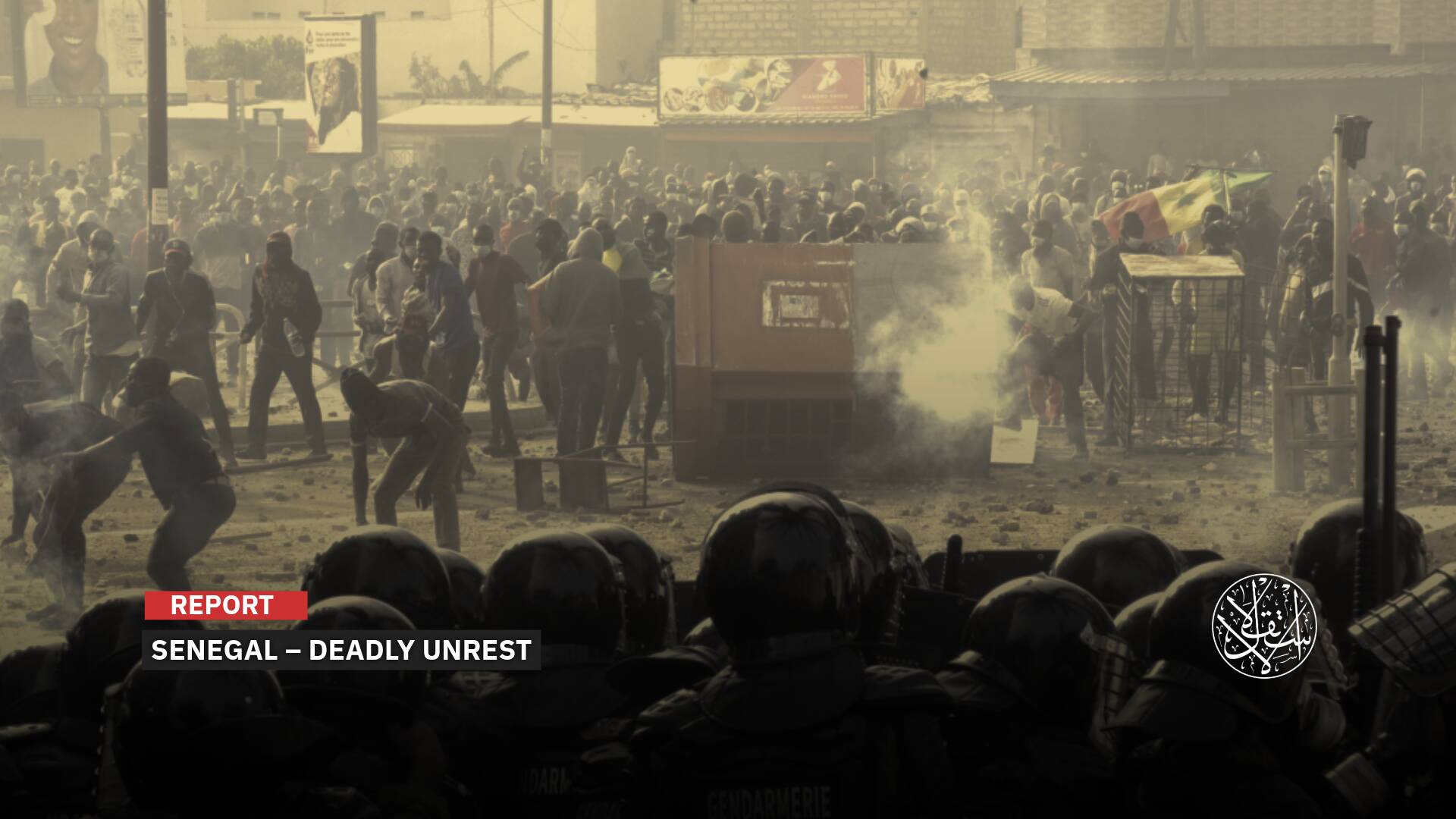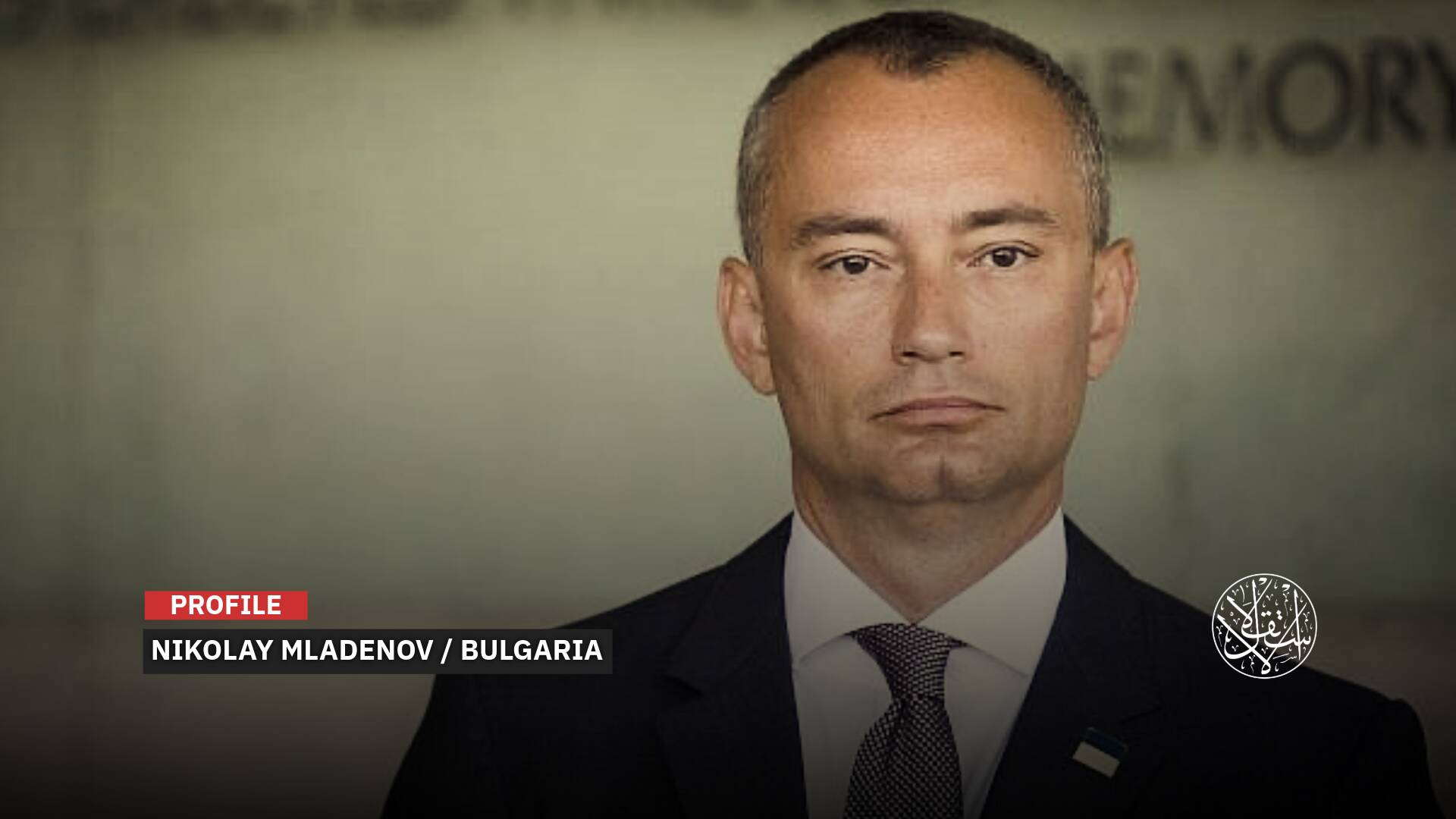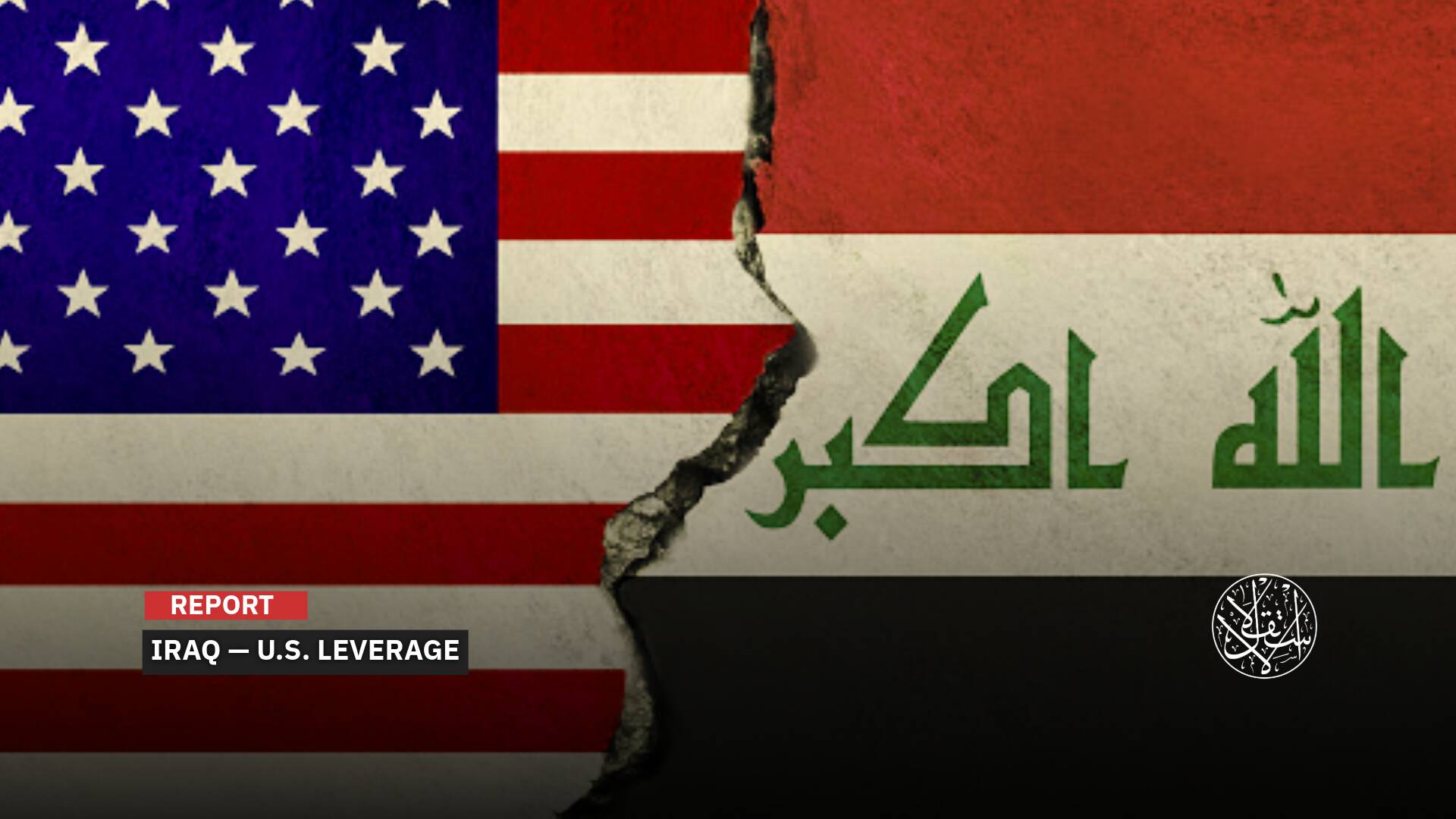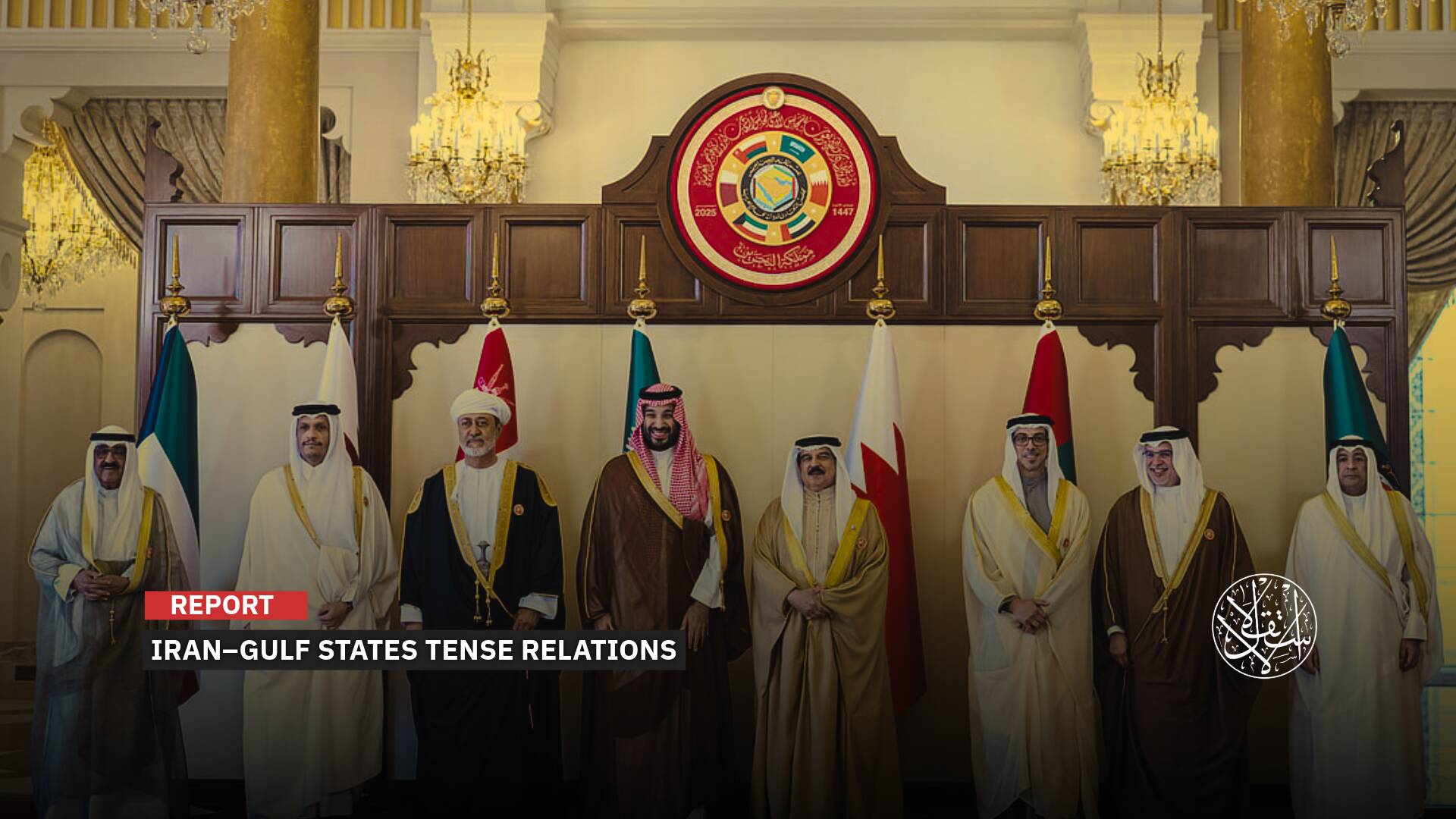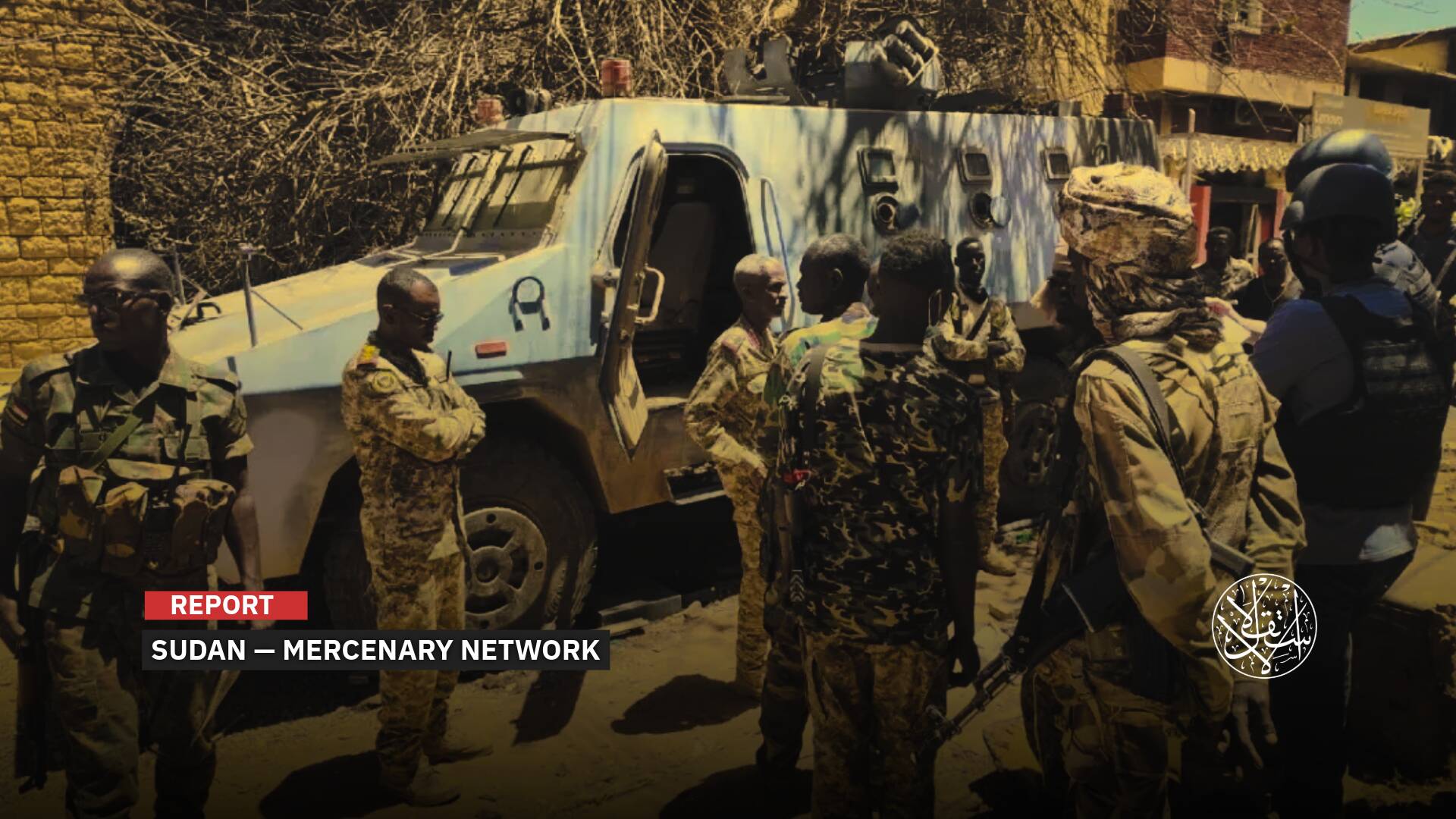Why Did the United States Deploy More Weapons to Its Bases in Syria?

The Iranian militias’ attacks on U.S. forces’ sites in Syria are increasing, causing substantial material damage and casualties among military contractors.
In response, the United States has opted to strengthen its military bases with advanced and precision weapons capable of destroying the sources of fire and storage facilities of Iranian militias, particularly in the province of Deir ez-Zor.
‘HIMARS’ Missiles
The United States has confirmed the deployment of the high-precision missile system called HIMARS to its forces in Syria.
Colonel Joe Buccino, spokesperson for the United States Central Command (CENTCOM), stated in early June 2023 that the presence of the system in Syria is aimed at “force protection.”
Force protection refers to programs, operations, and procedures designed by the U.S. military to safeguard military personnel, civilian employees, their families, facilities, and equipment.
The CENTCOM spokesperson did not disclose the exact location of the “HIMARS system in Syria,” but he highlighted the security risks facing 900 US soldiers throughout Syria, including the provinces of Raqqa, Hasakah, and Deir ez-Zor.
However, the U.S. Central Command emphasized that it does not provide the system or conduct training on it for its ally, the Syrian Democratic Forces (SDF), as Turkiye poses a threat to its national security and seeks to establish a separatist entity along its southern border with Syria.
Several members of Hezbollah militia were killed in an airstrike by the international coalition on the towns of Marat and Khasham in the countryside of Deir ez-Zor on May 30, 2023.
At that time, the local media outlet Naher Media reported that Iranian militias targeted the international coalition base in the Conoco gas field, northeast of Deir ez-Zor, resulting in the fuel tanks inside the base catching fire.
The international coalition responded by shelling Iranian militias stationed in the towns of Marat and Khasham.
.jpg)
In addition to a series of mutual shelling between the international coalition and Iranian militias, especially in the province of Deir ez-Zor, which is separated by the Euphrates River, the situation is further complicated.
U.S. forces and their ally, the Syrian Democratic Forces (SDF), are stationed on the oil and gas-rich left bank, while Syrian regime forces and Iranian militias are heavily deployed along the right bank, reaching the border city of al-Bukamal with Iraq, which serves as the largest stronghold for Iranian militias in Syria.
A significant blow came when an Iranian drone attack on March 23, 2023, targeted a maintenance facility at a base for the U.S.-led international coalition near al-Hasakah in northeastern Syria. This resulted in the death of a U.S. contractor and the injury of five U.S. military personnel and another American contractor.
The following day, U.S. airstrikes hit Iranian Revolutionary Guard sites in eastern Deir ez-Zor, resulting in the death of 19 Iranian militias.
In the aftermath of the U.S. military’s airstrikes in Syria, President Joe Biden, during a joint press conference with Canadian Prime Minister Justin Trudeau in Ottawa on March 24, 2023, stated that the United States is not seeking a conflict with Iran, but it is prepared to act forcefully to protect its people.
Effective System
In March 2023, the top U.S. military general in the Middle East, General Eric Corella, stated that there have been 78 attacks by Iranian-backed militias in Syria against U.S. and coalition forces using drones, missiles, and mortar shells since January 2021.
The advanced HIMARS rocket system is not new to Syrian territory, as the United States deployed it near the al-Tanf garrison (ATG) in southern Syria, near the border with Iraq, in June 2017.
However, the current deployment of additional HIMARS systems in new military locations under U.S. control, likely in eastern Syria along the Euphrates River, comes as this system gains international recognition for its effective use by Ukrainian forces against Russia.
The HIMARS mobile artillery missile system is mounted on a six-wheeled vehicle and operated by a three-person crew.
The system launches guided and accurate missiles using GPS technology, with a range of up to 70 kilometers.
Each HIMARS vehicle carries six missiles, which is twice the range of the U.S. howitzer shells.

Furthermore, this missile system is also capable of launching a small guided missile using GPS technology with a range of up to 300 kilometers.
The HIMARS system allows for precise strikes, even in unfavorable weather conditions when aircraft, including unmanned aerial vehicles (UAVs), are unable to perform their tasks.
The HIMARS systems are among the most effective tools in the U.S. arsenal. They may not have long-range capabilities, but they are powerful and highly accurate weapons that surpass the range of Russian army weaponry.
Thanks to the HIMARS rocket systems delivered by Washington to Ukraine in June 2022 for the first time, the Ukrainian army was able to destroy a significant number of Russian ammunition depots behind the front lines in eastern Ukraine.
At that time, Chairman of the Joint Chiefs of Staff General Mark Milley described HIMARS as a “long-range and highly complex system” on June 9, 2022.
He emphasized the need to train special teams from the Ukrainian forces to properly utilize the system, which is capable of launching highly accurate 227 mm caliber guided ammunition. This is twice the range of the conventional artillery currently used by both parties on the ground.
U.S. Concerns
Currently, the United States is concerned about the presence of Iranian militias located tens of kilometers away from their bases on the left bank of the Euphrates River in Deir ez-Zor.
Tehran is arming these militias, which are overseen by Iranian Revolutionary Guard Corps (IRGC) commanders.
Incidents of vehicles carrying weapons and ammunition entering through the Iranian crossing in the village of Heri in the eastern countryside of al-Bukamal to the Iranian-backed militia bases in the countryside of Deir ez-Zor have been recurring; the latest incident was on May 14, 2023.
On March 22, 2023, unidentified unmanned aerial vehicles (UAVs) targeted three trucks coming from Iraq belonging to Iranian militias immediately upon their entry into the city of al-Bukamal, which faces the al-Qa’im border crossing with Iraq.
There is a mix of various foreign militias brought by Tehran to fight alongside the Syrian regime since 2012 in order to suppress the popular revolution against President Bashar al-Assad, which erupted in March 2011.
The U.S. forces are deployed in approximately 26 military bases and checkpoints in northeastern Syria, including the oil fields of al-Omar, Rmelan, and Conoco.
The United States has deployed air defense systems, including Patriot missiles, in those bases to counter the attacks and destroy Iranian weapons sources and depots.
Washington has stated that it will use the HIMARS system to achieve this objective, as there is a deep concern in Ankara about Washington training the SDF forces to use HIMARS, despite the U.S. denial of supplying it to the SDF.
Turkiye has expressed regret over the delay in receiving HIMARS multiple rocket launchers from the United States, as it intends to deploy them along its border with Syria.
Deadly Attacks
With the repeated clashes between Iranian militias and U.S. forces in Syria, there are new indications of their escalation.
The Washington Post reported on May 1, 2023, citing U.S. intelligence officers and secret documents it obtained but did not publish pictures of, that Iran is arming fighters in Syria to launch new attacks on U.S. forces in the country.
It also stated that Iran, along with Russia, is working on a broader strategy to expel the Americans from the region.
According to the newspaper, the secret document describes new and wider efforts by Moscow, Damascus, and Tehran to drive the United States out of Syria. Other documents allegedly outline a campaign against the United States that includes inciting popular resistance.
The military and strategic expert, Faiz al-Asmar, confirmed the presence of HIMARS rocket launchers in U.S. bases, such as the al-Tanf garrison (ATG) and al-Shaddadi.
He added that the U.S. forces seek to enhance their military capabilities east of the Euphrates River due to the growing Iranian military capabilities and Iran’s threats to launch deadly attacks against U.S. forces in Syria.
Al-Asmar also noted that the United States may have increased the distribution of HIMARS systems in its bases, such as the al-Omar oil field and the Conoco gas field in eastern Syria.
Abdullah al-Asaad, a Syrian military expert, believes that the U.S. supplying its forces with new weapons at this time is not coincidental but rather a response to the tensions and disputes in Syrian geography between Russia and Iran on one side and the United States on the other.
He pointed out that there have been occasional Russian-US aerial clashes, and Russian forces have sometimes shelled areas near U.S. forces, indicating that the latter felt provoked by Moscow, especially after Russia announced that many of its aircraft are being radar-controlled and dealt with by the Russian air defense system on Syrian territory.
In light of Iran and Russia's possible supply of advanced weapons to their militias to target U.S. bases in Syria, Washington aims to enhance its forces by equipping them with advanced precision missile systems like HIMARS and others.
Sources
- US denies Turkish media reports Himars rocket launchers in Syria are for SDF
- The Washington Post: Iran is arming Syria to launch attacks on American forces [Arabic]
- The arrival of a shipment of weapons and ammunition to the Iranian bases in al-Bukamal [Arabic]
- Anadolu Agency: Washington supplies its forces in Syria with the Himars missile system [Arabic]




